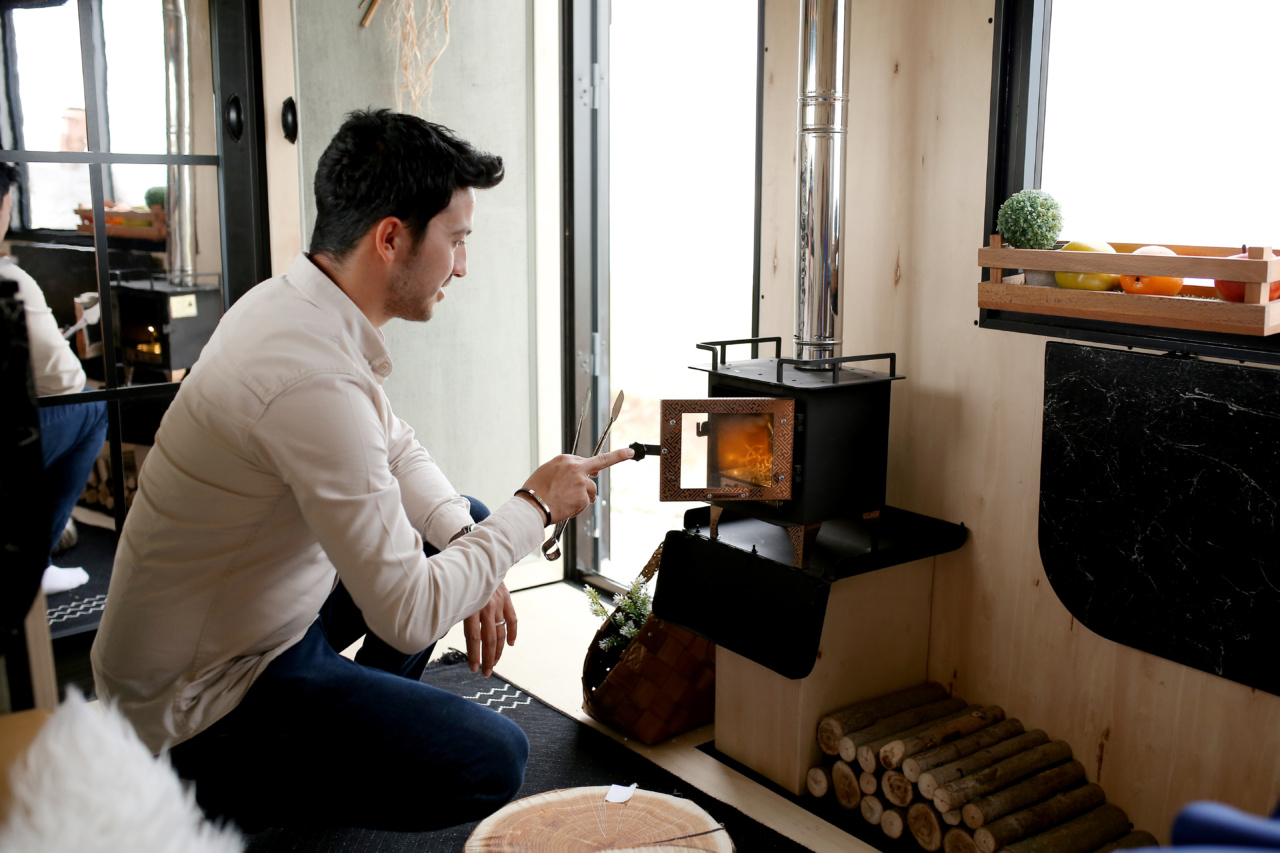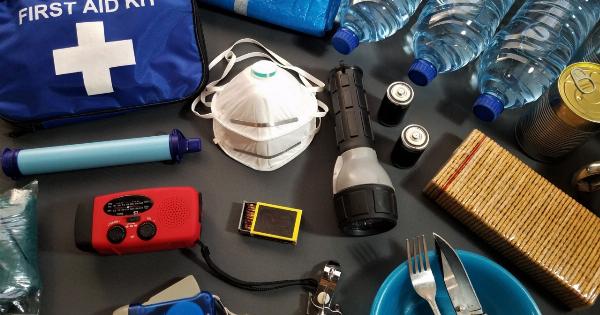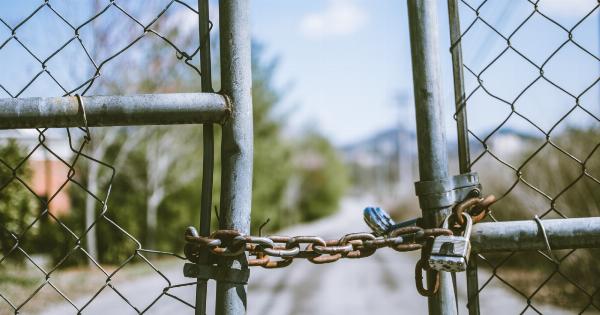There’s nothing quite like cozying up in front of a warm fireplace or wood stove on a chilly winter evening. The crackling fire and gentle heat can create a comforting and inviting atmosphere that many homeowners adore.
However, while these traditional heating methods can provide warmth and a charming ambiance, they also come with potential health risks that shouldn’t be overlooked.
1. The Dangers of Wood Smoke
Burning wood releases a variety of pollutants into the air, including fine particulate matter, carbon monoxide, nitrogen oxides, and volatile organic compounds (VOCs).
These substances can have detrimental effects on both your respiratory system and overall health.
Exposure to fine particulate matter can cause respiratory issues such as coughing, wheezing, and difficulty breathing. It can also worsen pre-existing conditions like asthma and chronic obstructive pulmonary disease (COPD).
Fine particles can penetrate deep into your lungs and even enter your bloodstream, increasing the risk of heart attacks, strokes, and other cardiovascular problems.
Carbon monoxide is a colorless and odorless gas that can be deadly in high concentrations.
When you burn wood, carbon monoxide can accumulate indoors and lead to symptoms like headache, dizziness, nausea, confusion, and in severe cases, loss of consciousness or death.
2. Protecting Yourself and Your Loved Ones
Fortunately, there are several steps you can take to minimize the health risks associated with fireplaces and wood stoves:.
2.1 Proper Ventilation
One of the most crucial aspects of fireplace and wood stove safety is ensuring proper ventilation. Make sure your chimney or flue is in good working order.
Regularly clean and inspect them to prevent blockages or obstructions that could impede the flow of smoke and gases out of your home.
Consider installing a carbon monoxide detector near your fireplace or wood-burning stove. This device can quickly alert you to dangerous levels of carbon monoxide, allowing you to take immediate action to protect yourself and your loved ones.
2.2 Quality Firewood
The type and quality of firewood you use can also impact the amount of smoke and harmful substances produced.
Seasoned hardwood, such as oak or maple, tends to burn more efficiently and generate less smoke compared to green or softwood varieties like pine.
Remember to always use dry firewood with a moisture content of less than 20%. Wet or unseasoned wood produces more smoke and releases higher levels of pollutants into the air.
2.3 Proper Operating Techniques
Using your fireplace or wood stove correctly can significantly reduce health risks:.
– Never burn plastic, painted wood, trash, or treated wood. These materials can release toxic chemicals when burned.
– Avoid restricting the air supply by closing the damper too early or using a tightly sealed stove. Insufficient airflow can cause incomplete combustion, leading to more smoke and pollution.
– Regularly clean out ash buildup and keep the firebox and chimney clean to maintain optimal airflow.
3. Alternative Heating Options
If you’re concerned about the health risks associated with traditional fireplaces and wood stoves, there are alternative heating options available:.
3.1 Gas Fireplaces
Gas fireplaces offer the charm of a traditional fire without the same level of pollution and health risks. They produce significantly less smoke and particulate matter, reducing your exposure to harmful pollutants.
Gas fireplaces also tend to be more efficient and easier to control than wood-burning alternatives.
3.2 Electric Fireplaces
Electric fireplaces provide a clean and efficient heating solution.
They don’t produce any smoke or emissions, making them an excellent choice for individuals with respiratory sensitivities or those living in areas with strict air quality regulations.
3.3 Pellet Stoves
Pellet stoves burn small, compressed wood pellets that produce minimal smoke and emissions. They are more efficient than traditional wood stoves and offer a renewable heating source.
However, they require a constant supply of pellets and electricity to operate.
4. Conclusion
While the warmth and ambiance of a fireplace or wood stove can be incredibly appealing, it’s crucial not to overlook the potential health risks associated with burning wood.
By ensuring proper ventilation, using quality firewood, and adopting proper operating techniques, you can minimize exposure to harmful pollutants. Additionally, exploring alternative heating options such as gas fireplaces, electric fireplaces, or pellet stoves can provide a safer and more environmentally friendly way to keep your home cozy during the colder months.





























